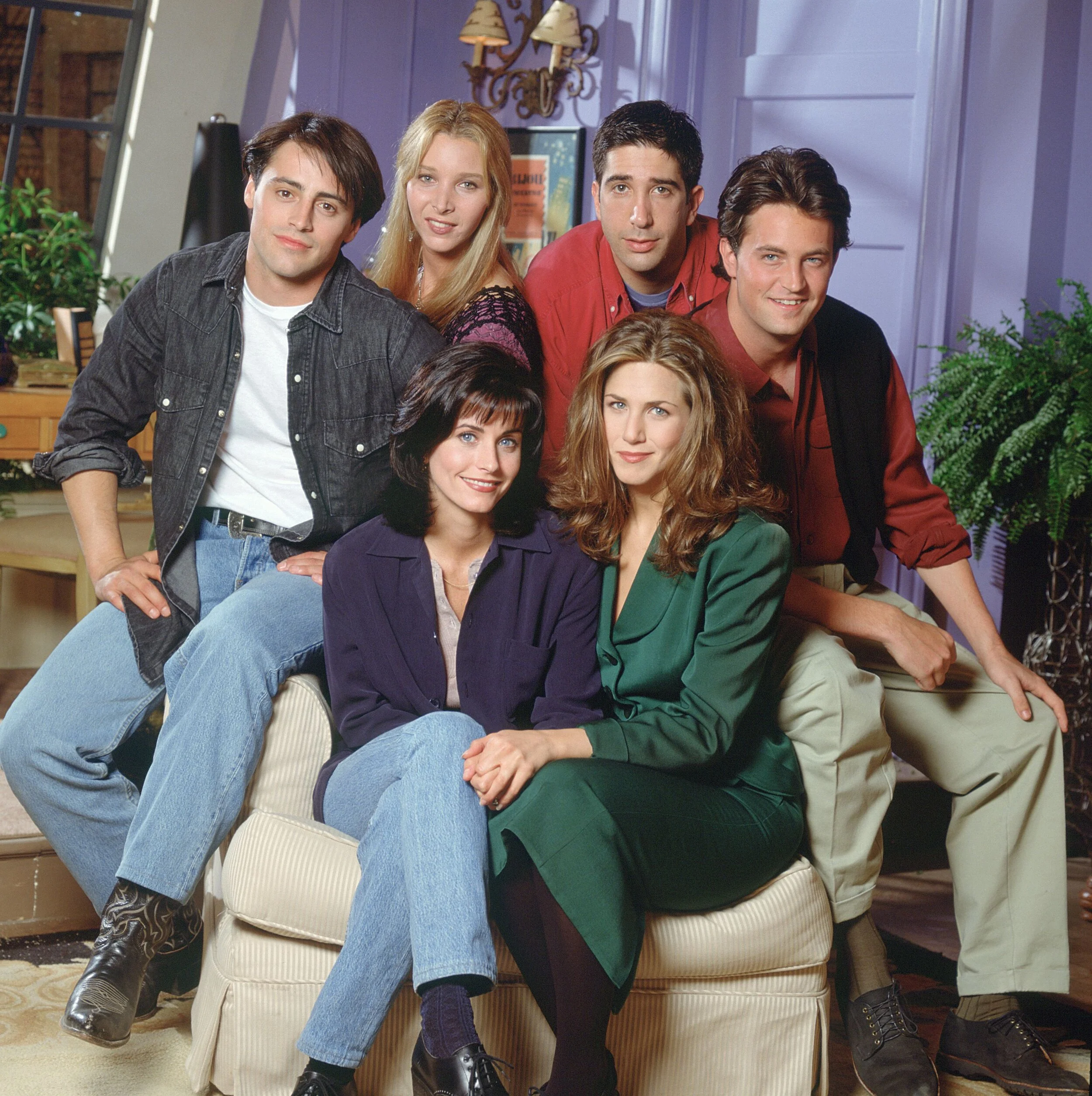At the Michael Cohen hearings, Rep. Mark Meadows (R-NC) came fully prepared to dispute Cohen’s characterization of Trump as a racist. He boldly used the Some of My Friends defense. He invited his long-time black friend, Lynne Patton, to “shed some light” on the dark topic of racism. Meadows introduced Patton to Trump who became a trusted Trump family associate and a HUD administrator in 2017. Meadow’s defense is an old, tired, simplistic explanation for the dismissal of the ugly, pervasive, phenomenon of racism. Yet it worked. Here’s why.
Although most Americans agree that cross-racial friendships play a big role in making social progress, most of us do not have friends across racial lines. Studies designed to assess the scope of diversity in Americans’ social networks have found that our networks consist primarily of people from the same race. Among white Americans, 91 percent of the people in their social networks are white.
The situation isn’t much better in black and brown America. Among black Americans, 83 percent of the people in their social networks are black. Among Hispanic Americans, approximately two-thirds (64 percent) of the people in their social networks are Hispanic, and among Asians, 54% reported most of their close friends are Asians. Native Americans and other racial groups follow a similar pattern and claim little in common with those who don’t share their racial background. Simply put, we are all, to a great extent, racial isolationists when it comes to our friendship patterns.
As a result of this racial isolation, we become easily confused when racial dynamics play out before us. About 90 minutes into the hearing, Patton, seated behind Meadows, stood as Meadows refuted Cohen’s allegations of Trump being a racist. Meadows gestured to Patton as an African American woman with roots in Alabama who would “never work for a racist.” Near the end of the hearings, Rep. Rashida Tlaib, one of the last democrats to question Cohen, in her remarks confronted Meadows for “using a black woman as a prop.” Horrified by the allegations, Meadows compelled respected black congressman and chair of the Oversight Committee, Rep. Elijah Cummings to testify to their friendship. Cummings confirmed him as “one of his best friends,” unintentionally colluding with Meadows in undermining Rep. Rashida Tlaib’s poignant analysis of the situation as racist. Cummings asks Tlaib to clarify her statement. Tlaib does and ironically ends up apologizing to Meadows for not calling him a racist. The heated exchange ends. The next day on the house floor, Meadows and Tlaib chat briefly and hug each other in reconciliation.
Seen through the lens of Racial Dynamics 101, the life course where most white people are still enrolled, reduced or non-existent racial prejudice is automatically associated with having cross-racial friendships. Patton, appearing the next day on Fox & Friends made it clear that she was “not there to represent an entire race of people,” but there to represent only one man, Trump. Yet, as a black woman her message was clear. Racism cannot exist because I am friends with these white men whom you have called racist. For the many who do not want to deal with the prickly topic of racism, this explanation suffices enough for them to say, “let’s just move on.” And we do just that, breathing a collective sigh of relief when Tlaib and Meadows gave each other that hug on the house floor. Any claims Cohen made in his testimony to Trump’s racism are now relegated to background noise.
From my decades of studying adult cross-racial friendships, I know that every cross-racial friendship gives witness to the potential for racial equity, but not all cross-racial friendship address the challenges fostered by institutional racism and white privilege in a beneficial manner.
Bubble cross-racial friends, such as the friendship between Patton and Meadows, are tokens for each other allowing each friend to deflect any accusations or claims of racial discrimination. Additionally, persons of color get the benefit of believing there is no difference between members of the dominant race and themselves.
Bubble cross-racial friends sets up the illusion of racial utopia that they live in and defend to others. The denial of racial inequities allows persons of color and whites with similar sensibilities to enter these friendships with ease. As post-racialists, they agree that racial disparities exist but attribute its cause to individual attributes such as ignorance, laziness, and/or immoral behavior. They are color-blind and assimilationists in their thinking, focusing more on the intentions of a benevolent and just America rather than its speckled history of racism and discrimination against people of color. As a result, bubble friends dismiss racial inequalities in everything from wealth to health.
This is what makes bubble friends and the scene played out during the Cohen hearings so dangerous. Bubble friends promote the propaganda of a racial utopia and direct racist energy and behaviors toward individuals as the root of racism rather than at institutional policies, practices and structures. As a result, in a racially illiterate society, having a bubble friend works.




